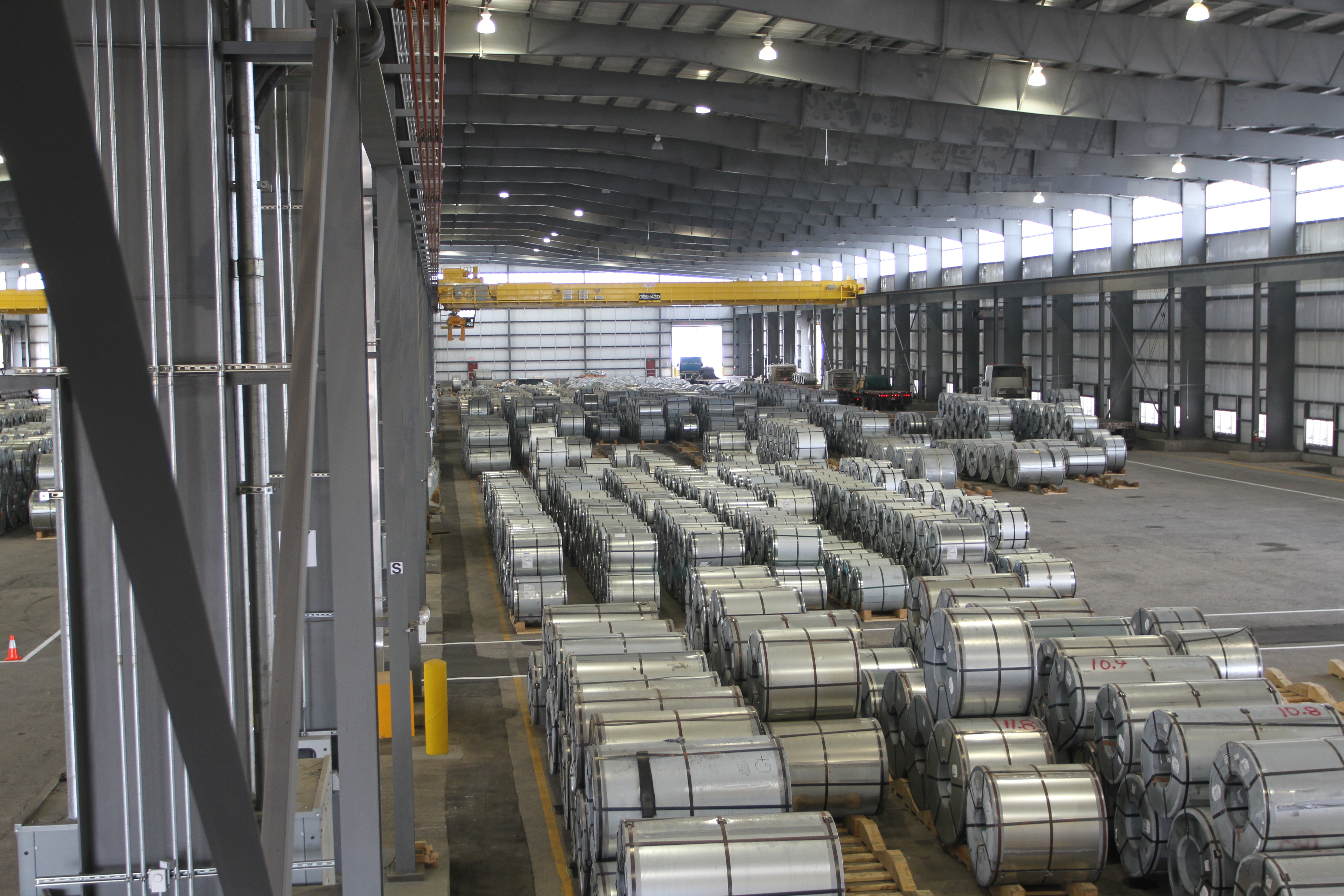Steel Markets

AGC: Construction Employment Still Down in Metro Areas
Written by David Schollaert
April 29, 2021
Despite a homebuilding boom and an improving economy, construction employment fell in 203 metro areas in the 12 months from March 2020 to March 2021, reported the Associated General Contractors of America in their analysis of the latest government data. The 57.0% decrease in jobs over the 12-month period has hampered the industry on top of rising materials prices, supply chain disruptions and project cancellations in many parts of the country.
“Nearly twice as many metros have lost construction jobs as gained them in the past 12 months, even though homebuilding has recovered strongly and the overall economy is in much better shape than it was a year ago,” said AGC’s Chief Economist Ken Simonson. “Nonresidential construction is still at risk of further declines in much of the country.”
As AGC reported: Houston-The Woodlands-Sugar Land, Texas, lost the largest number of construction jobs over the 12-month period (-31,000 jobs, -13 percent); followed by New York City (-24,000 jobs, -15 percent); Midland, Texas (-10,000 jobs, -26 percent); Odessa, Texas (-8,000 jobs, -39 percent); and Nassau County-Suffolk County, N.Y. ( 7,900 jobs, -10 percent). Odessa had the largest percentage decline, followed by Lake Charles, La. (-35 percent, -6,800 jobs); Midland; Longview, Texas (-24 percent, -3,600 jobs) and Greeley, Colo. (-21 percent, -4,100 jobs).
Only 104, or 29 percent, out of 358 metro areas added construction jobs during the past 12 months, while construction employment was stagnant in 51 metro areas. Seattle-Bellevue-Everett, Wash., added the most construction jobs over 12 months (5,300 jobs, 5 percent), followed by Indianapolis-Carmel-Anderson, Ind. (4,300 jobs, 8 percent); Austin-Round-Rock, Texas (4,000 jobs, 6 percent); Sacramento-Roseville-Arden-Arcade, Calif. (3,200 jobs, 5 percent); and Ogden-Clearfield, Utah (3,100 jobs, 15 percent). Sierra Vista-Douglas, Ariz., had the highest percentage increase (35 percent, 900 jobs), followed by Fargo, N.D.-Minn. (24 percent, 1,800 jobs); Cleveland, Tenn. (16 percent, 300 jobs); Niles-Benton Harbor, Mich. (15 percent, 300 jobs) and Ogden-Clearfield.
AGC noted that the impact of the pandemic has not let up on the construction sector as they urged the federal government to ease tariffs on key construction materials, including steel and lumber. Firms are unable to pass along the rapidly rising material costs as concerns of a greater impact on construction projects could be seen due to the uncertainties caused by the COVID-19 health crisis.
“Construction employment is not going to rebound in many parts of the country while firms are struggling to afford the materials they need to complete existing projects,” said AGC’s CEO Stephen Sandherr. “Once federal officials take immediate and effective steps to address both spiking prices and lagging demand, employment levels should rebound in more of the country.”
View the metro employment 12-month data, rankings, top 10, multi-division metros, and map.
By David Schollaert, David@SteelMarketUpdate.com

David Schollaert
Read more from David SchollaertLatest in Steel Markets

USW cheers Evraz NA agreement with Atlas Holdings
The United Steelworkers (USW) labor union celebrated recent news of the signed agreement between Atlas Holdings and Evraz NA in which the Connecticut-based private equity company said it plans to acquire North America’s Evraz facilities.

Steel buyer spirits tempered by soft spot market conditions
Steel sheet buyers report feeling bogged down by the ongoing stresses of stagnant demand, news fatigue, tariff negotiations or implementation timelines, and persistent macroeconomic uncertainty.

Hot-rolled coil buyers continue seeking certainty
Steel market participants contend that buyers will remain in “wait-and-see" mode until some market stability is restored.

Latin American steel advocates warn on cheap import flood
Subsidized Chinese steel imports and cheap steel products from Association of Southeast Asian Nations (ASEAN) entering Latin American (LATAM) are threatening the region's steel market.

CRU: Steel prices fall amid global demand weakness
The forceful headwinds bearing down on steel markets across the globe have created demand challenges and sent prices southward. The US, however, challenged the global trend.
